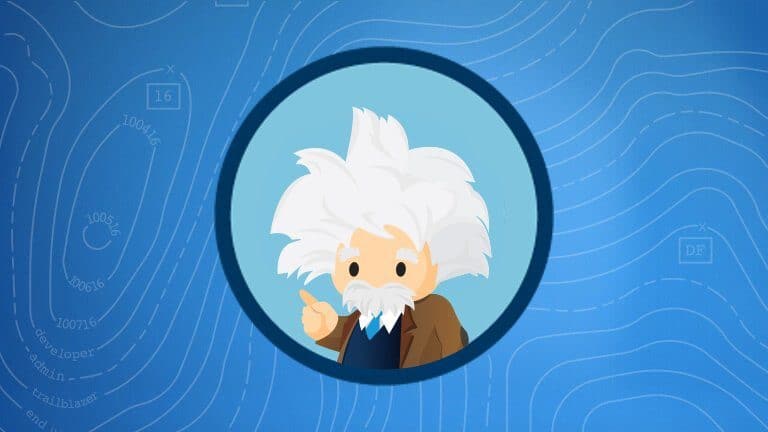Salesforce has announced that it will provide its Marketing Cloud, Commerce Cloud and Service Cloud with various updates and expansions. Among other things, it introduces artificial intelligence (AI) improvements, as well as new features for personalized buying experiences.
Marketing Cloud will mainly receive updates and improvements in the area of Einstein, Salesforce’s AI platform. The updates and improvements focus specifically on email marketing. With Einstein Engagement Frequency, for example, marketers gain insight into how many emails they need to send to customers to keep them involved. This should prevent that too many or too few e-mails are sent.
Also new is Einstein Send Time Optimization, which is an AI service that automatically predicts the best time to send marketing emails to keep customers involved and prevent people from unsubscribing. Einstein Content Tagging further uses image recognition to automatically and accurately tag thousands of images in a content library, saving marketers time and finding the best images for their emails.
The latest new feature in Marketing Cloud is Transactional Messaging. This should allow customers to easily integrate transactional and promotional messages into the same campaign.
Commerce Cloud
In the area of Commerce Cloud, Salesforce has announced a new integration in the form of MuleSoft Accelerator for Salesforce Commerce Cloud. This should enable customers to set up connected customer experiences more quickly. The service programs best practices for integration and puts them in pre-built integration templates that enable companies to deliver customer experiences faster.
The integration includes product configurators that allow users to quickly build and deploy a selection of merchandise tailored to the requirements and interests of individual buyers. This feature also includes integration templates for Customer and Order Management, which uses pre-built APIs for customer data, orders, inventory, product descriptions and shopping baskets.
The integration allows users to place product catalogues on external, social marketplaces, with orders returning to the Commerce Cloud for processing and delivery. With integration templates for order and inventory management, brands get a real-time, accurate view of their inventory and fulfillment while selling on multiple platforms. Finally, it is possible to connect chatbots to the stock, prices, descriptions and customer data in Commerce Cloud, to provide personalized product recommendations.
MuleSoft Accelerator for Salesforce Commerce Cloud will be available in the third quarter of this year.
Service Cloud
Finally, the Service Cloud will receive various new innovations. For example, there is a new channel menu that allows customers to easily start conversations with companies via their preferred chat and messaging channels, such as WhatsApp or SMS. Calls via traditional channels such as voice are also possible. The menu can be added to any page on websites. It must also be possible to set it up in four clicks, so that companies can save a lot of time.
In addition, Einstein Bots can now be used on multiple new messaging channels, such as SMS, Facebook Messenger, WeChat and WhatsApp. The bots can be used to respond directly to customers, automating routine service questions and collecting basic information. Conversations can also be passed on to human workers, if necessary. The bots also get to know the company better over time and are becoming smarter and smarter.
A new map view gives administrators a visual guide to designing conversations, making it easier to set up the bots. There is also a new exact match possibility, to create intent-models that train Einstein Bots to quickly recognize what customers want and help them. Dynamic routing sends customers to a specific queue, based on their call.
This news article was automatically translated from Dutch to give Techzine.eu a head start. All news articles after September 1, 2019 are written in native English and NOT translated. All our background stories are written in native English as well. For more information read our launch article.